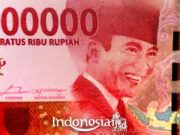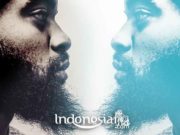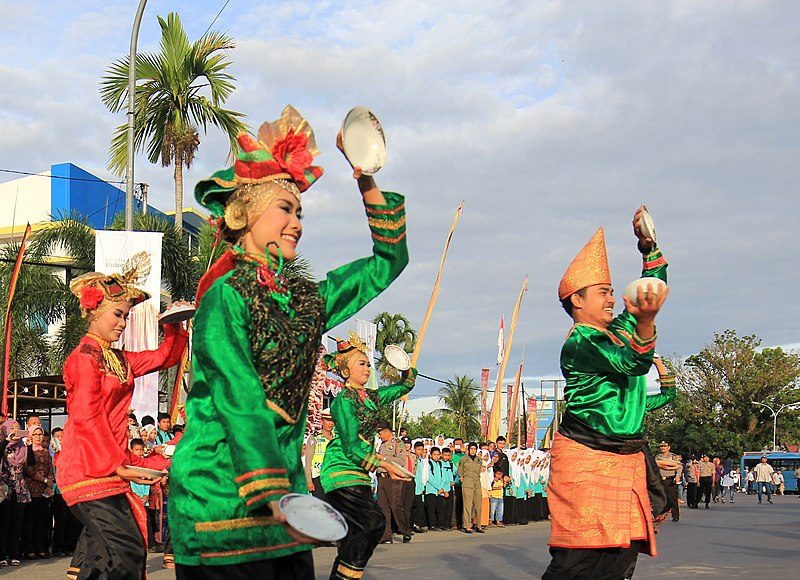Indonesia has a variety of arts and cultures. One of the varieties of Indonesian arts and culture is Kuda Lumping. Kuda Lumping, called jaran kepang or jathilan, is a Javanese traditional dance featuring a group of warriors riding a horse.
This traditional dance comes from Ponorogo. This dance uses a horse made of bamboo or other materials that are woven and cut to resemble a horse, decorated with artificial hair made of plastic rope or the like in a bun or braid.
This horse woven is decorated with colorful paints and fabrics. The lumping horse dance usually only features a horse warrior scene, but some lumping horse appearances also present trance attractions, immunity, and magical powers, such as the attraction of eating glass and immunity to whip.

Jaran Kepang is part of the reog dance performance. Although this dance originates from Java, Indonesia, this dance is also inherited by Javanese who settled in North Sumatra and in several areas outside Indonesia such as in Malaysia, Suriname, Hong Kong, Japan and America.
Lumping horse is a dance that is played with the property of an imitation horse, which is made of woven bamboo or other materials decorated with artificial hair made of plastic rope or the like which is wrapped in a coil or in a braid, so that in Javanese society it is often referred to as jaran braids. Not one historical record is able to explain the origin of this dance, only a verbal history that is passed down from one generation to the next.
That said, lumping horse dance is a trance dance. There is also a version that says that the lumping horse dance depicts the story of a beautiful young man with the title Jathil, a white horse rider with golden hair, golden tail, and has golden wings that helped the battle of the Bantarangin kingdom against the wild boar riding troops from the Lodaya kingdom in the legendary series of Reog century. 8.
Regardless of its origins and historical value, the lumping horse dance reflects the spirit of heroism and military aspects of a cavalry or cavalry. This can be seen from the rhythmic, dynamic and aggressive movements, through the waving of bamboo mats, mimicking movements like a horse in the middle of a war.
Often in lumping horse dance shows, also show attractions that show supernatural powers that smell magical, such as chewing glass, slashing arms with machetes, burning oneself, walking on broken glass, and so on.
Perhaps, this attraction reflected the supernatural powers that developed in ancient times within the Kingdom of Java, and was a non-military aspect used against Dutch troops.
In each performance, this lumping horse dance presents 4 dance fragments, namely 2 Buto Lawas dance, Senterewe dance, and Begon Putri dance.
In the Buto Lawas fragment, it is usually danced by men only and consists of 4 to 6 dancers. Some young dancers ride bamboo woven horses and dance to the music. It is in this part that the Buto Lawas dancers can experience a trance or possessed by spirits. The viewers are not immune from this phenomenon of possession.
Many local residents who witnessed the performance became possessed and joined the dance with the dancers. In a state of unconsciousness, they continue to dance with energetic movements and look solid with other dancers.
To restore the consciousness of the dancers and the spectators who were possessed, in every performance there are always waroks, namely people who have supernatural abilities whose presence can be identified through black clothes with red stripes and thick mustaches. These waroks will provide an antidote until the dancers and the audience’s consciousness are restored.
In the next fragment, male and female dancers join in bringing the senterewe dance. In the last fragment, with more relaxed movements, six women performed Begon Putri dance, which is the closing dance of the whole series of lumping horse dance attractions.
So, are you interested in this traditional art?
Source : wikipedia































